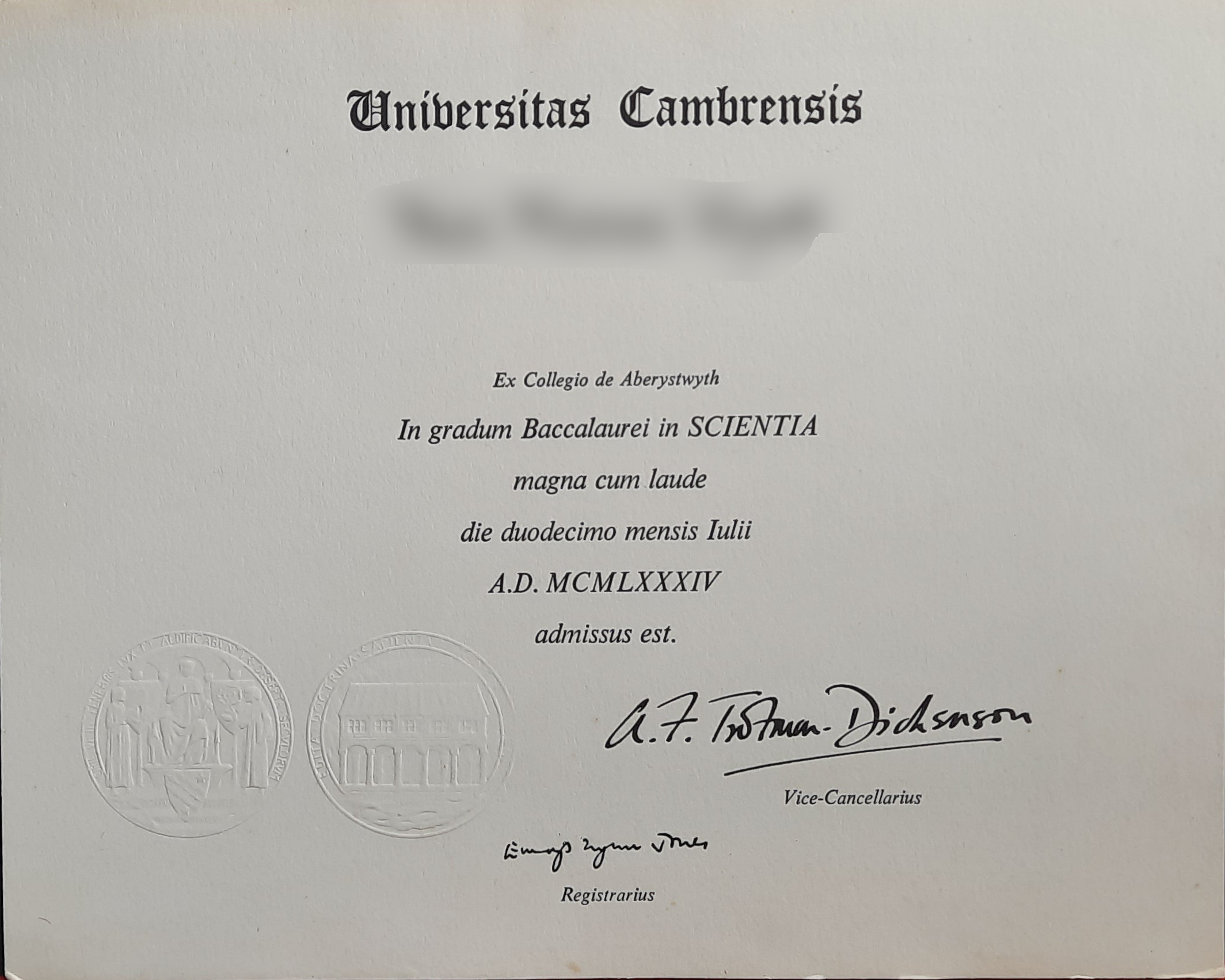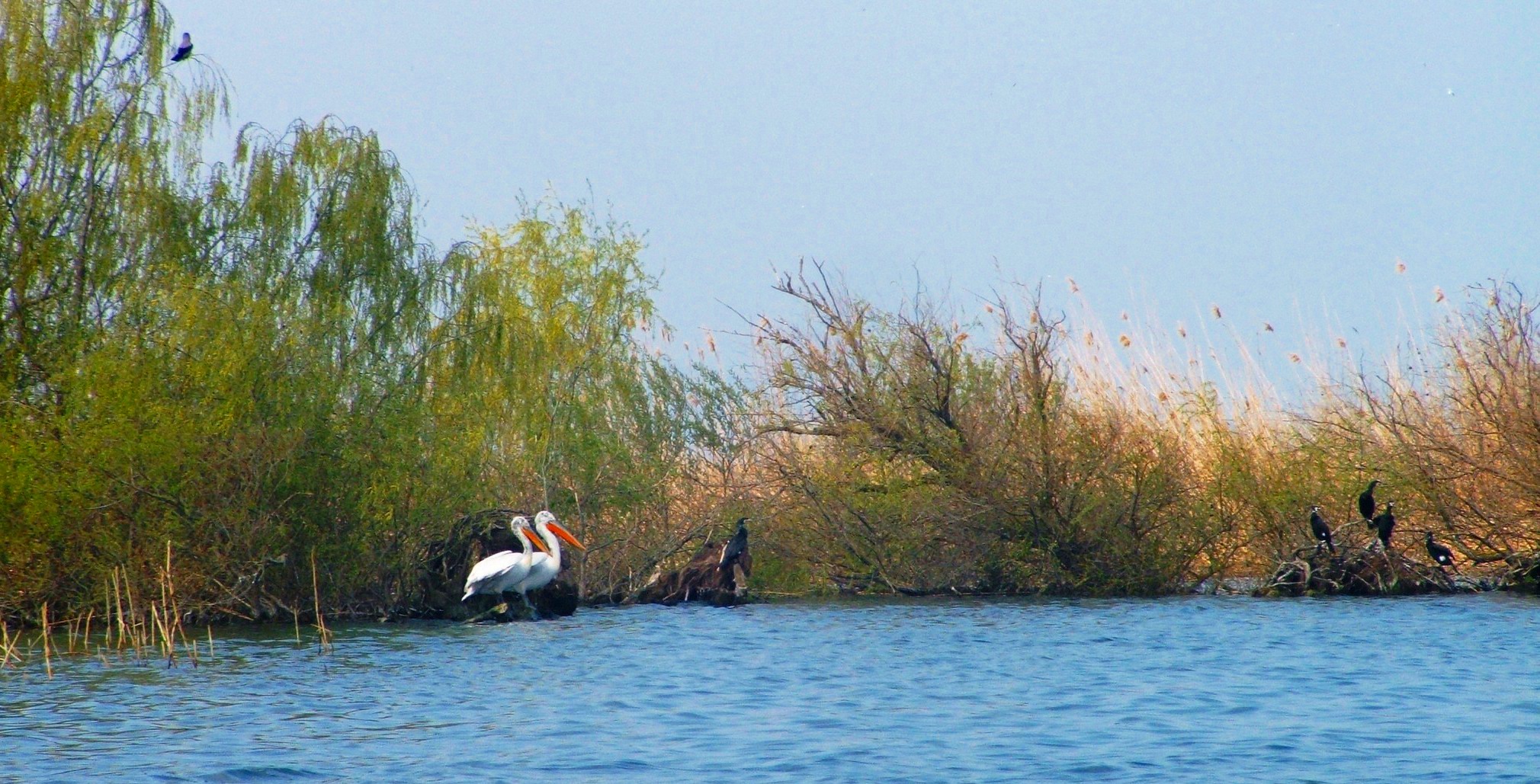|
Traian Săvulescu
Traian Săvulescu (2 February 1889, Râmnicu Sărat – 29 March 1963, Bucharest) was a Romanian biologist and botanist, founder of the Romanian School of Phytopathology, member and president of the Romanian Academy. Early life and education The third child of Petrache and Maria Săvulescu, he attended primary school and secondary school in Râmnicu Sărat and the Costache Negruzzi College in Iași, where his teacher, Teodor Nicolau, directed him towards the study of botany. After graduation in 1907, he enrolled at the Faculty of Medicine in Bucharest. The next year, he enrolled at the University of Bucharest, Faculty of Natural Sciences, from which he graduated in 1912. After graduation, he embarked on a Ph.D. at the Botanical Institute in Bucharest, which he obtained in 1916 with a doctoral thesis entitled ' (''Study of the species of Campanula L. in the Heterophyllae growing in Romania''). The work was well received and noted with '. Săvulescu became the first doctor of bo ... [...More Info...] [...Related Items...] OR: [Wikipedia] [Google] [Baidu] |
Râmnicu Sărat
Râmnicu Sărat (also spelled ''Rîmnicu Sărat'', , german: Rümnick or ''Rebnick''; tr, Remnik) is a city in Buzău County, Romania, in the historical region of Muntenia. It was first attested in a document of 1439, and raised to the rank of ''municipiu'' in 1994. The city rises from a marshy plain, east of the Carpathians, and west of the cornlands of southern Moldavia. It lies on the left bank of the river Râmnicul Sărat. Salt and petroleum are worked in the mountains, and there is a considerable trade in agricultural produce and preserved meat. Population History Râmnicu Sărat was the scene of battles between the Wallachians and Ottomans in 1634, 1434 and 1573. It was also here that, in 1789 (during the Russo-Turkish War of 1787–1792), an army of Imperial Russian and Habsburg troops, commanded by Alexander Suvorov, defeated the Ottoman forces in the Battle of Rymnik. For this victory, Suvorov was awarded the victory title of "Count of Rymnik" or "Rimniksky" (г ... [...More Info...] [...Related Items...] OR: [Wikipedia] [Google] [Baidu] |
Magna Cum Laude
Latin honors are a system of Latin phrases used in some colleges and universities to indicate the level of distinction with which an academic degree has been earned. The system is primarily used in the United States. It is also used in some Southeastern Asian countries with European colonial history, such as Indonesia and the Philippines, although sometimes translations of these phrases are used instead of the Latin originals. The honors distinction should not be confused with the honors degrees offered in some countries, or with honorary degrees. The system usually has three levels of honor: ''cum laude'', ''magna cum laude'', and ''summa cum laude''. Generally, a college or university's regulations set out definite criteria a student must meet to obtain a given honor. For example, the student might be required to achieve a specific grade point average, submit an honors thesis for evaluation, be part of an honors program, or graduate early. Each school sets its own standards. ... [...More Info...] [...Related Items...] OR: [Wikipedia] [Google] [Baidu] |
AGERPRES
AGERPRES () is the national news agency of Romania. History The National News Agency "AGERPRES" is the oldest Romanian news agency and the first autonomous agency in Romania. It was established in March 1889 at the initiative of Foreign Minister Petre P. Carp, as the Telegraph Agency of Romania or Romanian Agency with serving as a "fast and accurate service of all general or special interest news". The Telegraph Agency of Romania was suspended from the end of 1916 until the end of World War I. On June 16, 1921, it established the agency Orient-Radio, "caring only for the general interest and that of its subscribers." In 1926 it takes place a new reorganization of the agency, the Romanian Parliament decided shifting to name RADOR - Information Telegraph Agency. Later, in 1949, the first news agency in Romania becomes AGERPRES. In 1990, is established ROMPRES and six years later ROMPRES becomes a member of the European Alliance of News Agencies (EANA). The first website of th ... [...More Info...] [...Related Items...] OR: [Wikipedia] [Google] [Baidu] |
Prime Minister Of Romania
The prime minister of Romania ( ro, Prim-ministrul României), officially the prime minister of the Government of Romania ( ro, Prim-ministrul Guvernului României, link=no), is the head of the Government of Romania. Initially, the office was styled ''President of the Council of Ministers'' ( ro, Președintele Consiliului de Miniștri, link=no), when the term "Government" included more than the Cabinet, and the Cabinet was called the ''Council of Ministers'' ( ro, Consiliul de Miniștri). The title was officially changed to ''Prime Minister'' by the 1965 Constitution of Romania during the communist regime. The current prime minister is Nicolae Ciucă of the National Liberal Party (PNL), who has been serving since November 2021 onwards as the head of government of the National Coalition for Romania (CNR). Nomination One of the roles of the president of the republic is to designate a candidate for the office of prime minister. The president must consult with the party that ... [...More Info...] [...Related Items...] OR: [Wikipedia] [Google] [Baidu] |
Columbia University
Columbia University (also known as Columbia, and officially as Columbia University in the City of New York) is a private research university in New York City. Established in 1754 as King's College on the grounds of Trinity Church in Manhattan, Columbia is the oldest institution of higher education in New York and the fifth-oldest institution of higher learning in the United States. It is one of nine colonial colleges founded prior to the Declaration of Independence. It is a member of the Ivy League. Columbia is ranked among the top universities in the world. Columbia was established by royal charter under George II of Great Britain. It was renamed Columbia College in 1784 following the American Revolution, and in 1787 was placed under a private board of trustees headed by former students Alexander Hamilton and John Jay. In 1896, the campus was moved to its current location in Morningside Heights and renamed Columbia University. Columbia scientists and scholars have ... [...More Info...] [...Related Items...] OR: [Wikipedia] [Google] [Baidu] |
Danube Delta
The Danube Delta ( ro, Delta Dunării, ; uk, Дельта Дунаю, Deľta Dunaju, ) is the second largest river delta in Europe, after the Volga Delta, and is the best preserved on the continent. The greater part of the Danube Delta lies in Romania (Tulcea County), with a small part in Ukraine (Odessa Oblast). Its approximate surface area is , of which is in Romania. With the lagoons of Razim–Sinoe ( with water surface), located south of the main delta, the total area of the Danube Delta is . The Razim–Sinoe lagoon complex is geologically and ecologically related to the delta proper; the combined territory is listed as a World Heritage Site. Geography and geology The modern Danube Delta began to form after 4000 BCE in a bay of the Black Sea when the sea rose to its present level. A sandy barrier blocked the Danube bay where the river initially built its delta. Upon filling the bay with sediment, the delta advanced outside this barrier-blocked estuary after 3500 BCE, b ... [...More Info...] [...Related Items...] OR: [Wikipedia] [Google] [Baidu] |
Romanian Academy Of Sciences
The Romanian Academy of Sciences was an institution established in Romania by a group of 26 scientists, dissatisfied with the imperfect organization of the Scientific Section of the Romanian Academy, which was left in the background, with only 12 seats to represent all sciences. Romanian Academy of Sciences - Its history Short history On March 29, 1935, the institution, which was established de facto on March 11, 1935, received legal personality.Romanian Academy of Sciences (1935-1948)According to the statute, the purpose of the Romanian Academy of Sciences was to encourage and guide the scientific creation by: ... [...More Info...] [...Related Items...] OR: [Wikipedia] [Google] [Baidu] |
Academic Journal
An academic journal or scholarly journal is a periodical publication in which scholarship relating to a particular academic discipline is published. Academic journals serve as permanent and transparent forums for the presentation, scrutiny, and discussion of research. They nearly-universally require peer-review or other scrutiny from contemporaries competent and established in their respective fields. Content typically takes the form of articles presenting original research, review articles, or book reviews. The purpose of an academic journal, according to Henry Oldenburg (the first editor of ''Philosophical Transactions of the Royal Society''), is to give researchers a venue to "impart their knowledge to one another, and contribute what they can to the Grand design of improving natural knowledge, and perfecting all Philosophical Arts, and Sciences." The term ''academic journal'' applies to scholarly publications in all fields; this article discusses the aspects common to all ac ... [...More Info...] [...Related Items...] OR: [Wikipedia] [Google] [Baidu] |
Phytosanitation
Plant pathology (also phytopathology) is the scientific study of diseases in plants caused by pathogens (infectious organisms) and environmental conditions (physiological factors). Organisms that cause infectious disease include fungi, oomycetes, bacteria, viruses, viroids, virus-like organisms, phytoplasmas, protozoa, nematodes and parasitic plants. Not included are ectoparasites like insects, mites, vertebrate, or other pests that affect plant health by eating plant tissues. Plant pathology also involves the study of pathogen identification, disease etiology, disease cycles, economic impact, plant disease epidemiology, plant disease resistance, how plant diseases affect humans and animals, pathosystem genetics, and management of plant diseases. Overview Control of plant diseases is crucial to the reliable production of food, and it provides significant problems in agricultural use of land, water, fuel and other inputs. Plants in both natural and cultivated populations ... [...More Info...] [...Related Items...] OR: [Wikipedia] [Google] [Baidu] |
Downy Mildew
Downy mildew refers to any of several types of oomycete microbes that are obligate parasites of plants. Downy mildews exclusively belong to the Peronosporaceae family. In commercial agriculture, they are a particular problem for growers of crucifers, grapes and vegetables that grow on vines. The prime example is ''Peronospora farinosa'' featured in NCBI-Taxonomy and HYP3. This pathogen does not produce survival structures in the northern states of the United States, and overwinters as live mildew colonies in Gulf Coast states. It progresses northward with cucurbit production each spring. Yield loss associated with downy mildew is most likely related to soft rots that occur after plant canopies collapse and sunburn occurs on fruit. Cucurbit downy mildew only affects leaves of cucurbit plants. Symptoms Initial symptoms include large, angular or blocky, yellow areas visible on the upper surface. As lesions mature, they expand rapidly and turn brown. The under surface of infected ... [...More Info...] [...Related Items...] OR: [Wikipedia] [Google] [Baidu] |
Vitis
''Vitis'' (grapevine) is a genus of 79 accepted species of vining plants in the flowering plant family Vitaceae. The genus is made up of species predominantly from the Northern Hemisphere. It is economically important as the source of grapes, both for direct consumption of the fruit and for fermentation to produce wine. The study and cultivation of grapevines is called viticulture. Most cultivated ''Vitis'' varieties are wind-pollinated with hermaphroditic flowers containing both male and female reproductive structures, while wild species are dieceous. These flowers are grouped in bunches called inflorescences. In many species, such as ''Vitis vinifera'', each successfully pollinated flower becomes a grape berry with the inflorescence turning into a cluster of grapes. While the flowers of the grapevines are usually very small, the berries are often large and brightly colored with sweet flavors that attract birds and other animals to disperse the seeds contained within the berrie ... [...More Info...] [...Related Items...] OR: [Wikipedia] [Google] [Baidu] |
Gheorghe Ionescu-Sise»ôti
Gheorghe Ionescu-Sise»ôti (16 October 1885–4 June 1967) was a Romanian agronomer. He was elected titular member of the Romanian Academy in 1936, at the Romanian Academy site and he was Minister of Agriculture in 1938‚Äì1939. He was born in »òi»ôe»ôtii de Jos, , in the historical province of , |




